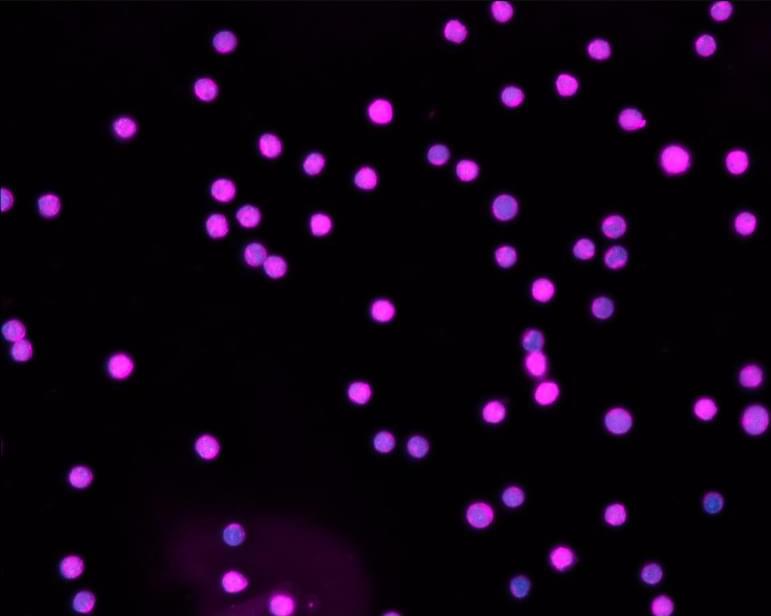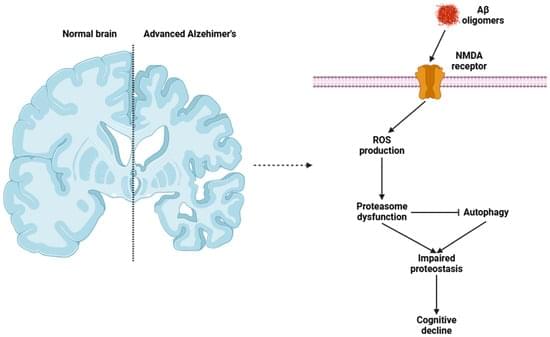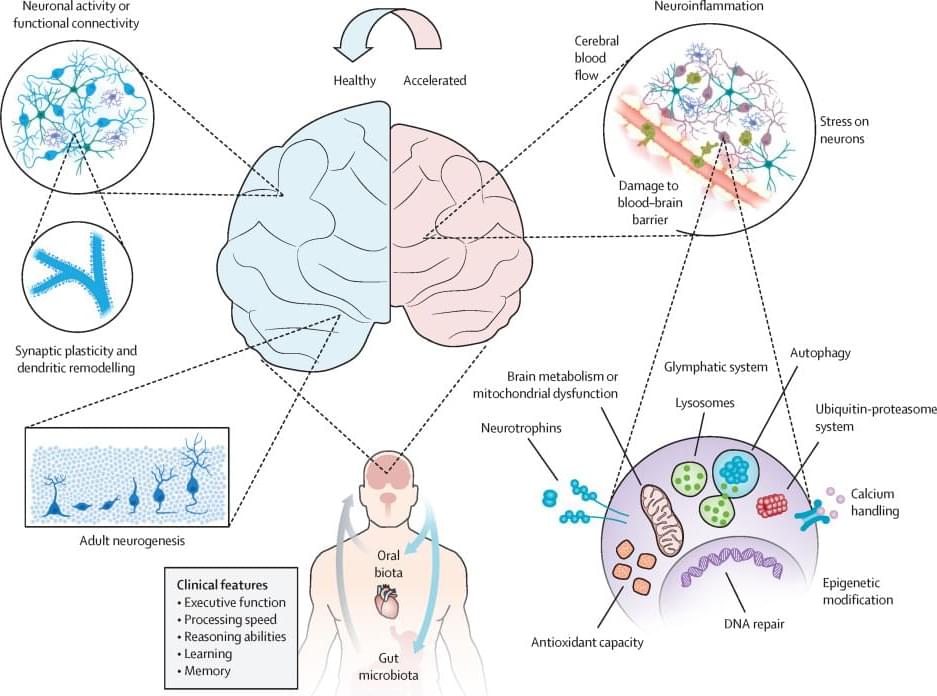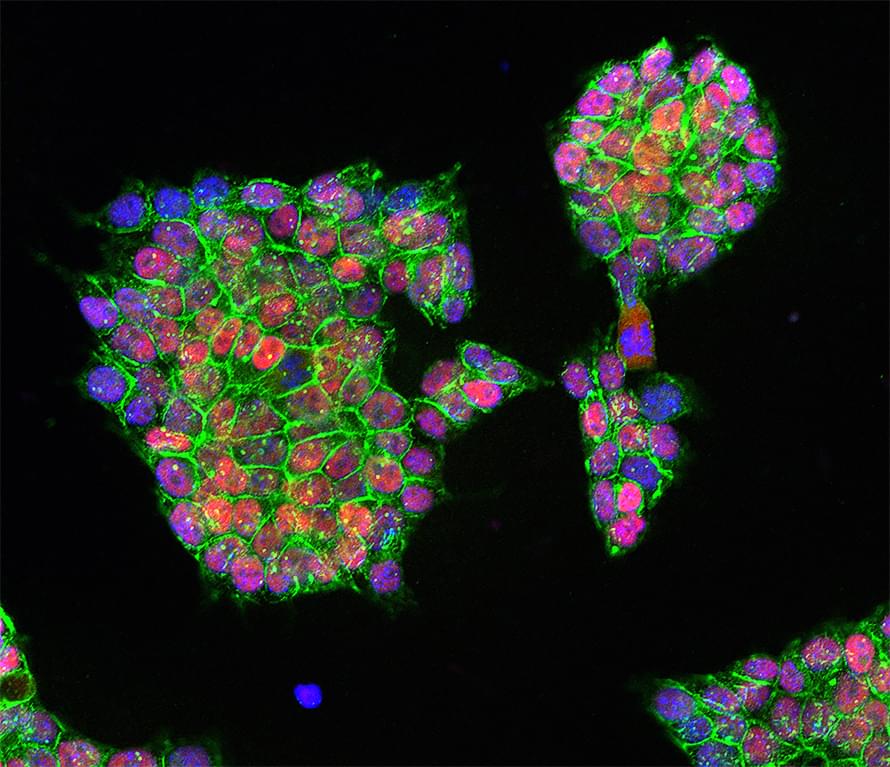Recent advancements in in-vitro gametogenesis (IVG) suggest that lab-grown eggs and sperm could become viable within the next decade. This technology holds the promise of revolutionizing fertility treatments, particularly for individuals facing infertility and same-sex couples desiring biological children. However, it also raises significant ethical and medical considerations that must be carefully addressed.
The Human Fertilisation and Embryology Authority (HFEA), the UK’s fertility regulator, has reported that the development of lab-grown gametes, known as in-vitro gametogenesis (IVG), may become a practical option within the next decade. This technology involves creating eggs and sperm from reprogrammed skin or stem cells, potentially transforming fertility treatments by removing age-related barriers and enabling same-sex couples to have biological children.
IVG represents a significant advancement in reproductive science. By generating gametes in the laboratory, scientists can overcome challenges associated with traditional fertility treatments. This approach could provide new avenues for individuals with infertility issues and offer same-sex couples the opportunity to have children genetically related to both partners.






